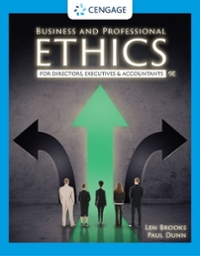Eric Hebborn (19341996) was an English painter and art forger. Hebborn attended the Royal Academy of Arts
Question:
Eric Hebborn (1934–1996) was an English painter and art forger. Hebborn attended the Royal Academy of Arts and then the British School at Rome, two of the most prestigious fine arts schools at the time. Underappreciated as an artist, he turned his hand to copying old masters. His forgeries were detected when an art curator noticed that two of the Gallery’s drawings, by two different artists, were sketched on identical paper. In his autobiography, Drawn to Trouble: Confessions of a Master Forger, Hebborn admitted to selling thousands of forged paintings, drawings, and sculptures. He boasted how easy it was to fool art experts who, he contended, should have been able to detect that they were fakes. “Only the experts are worth fooling. The greater the expert, the greater the satisfaction in deceiving them.” However, his personal moral code would not allow him to sell his forgeries to amateur collectors. Hebborn was never sued because embarrassed art experts refused to admit in court that they had been deceived.
Questions
1. Is it ethically acceptable to sell forgeries to art experts who should be able to differentiate a fake from an authentic work of art?
2. Comment on Hebborn’s personal moral code.
3. Was anyone harmed when Landis donated his forged paintings to various art galleries and museums?
4. Does the fact that Landis did not profit from his donations mean that it was ethically acceptable to give forgeries to art galleries and museums?
Step by Step Answer:

Business And Professional Ethics
ISBN: 9780357441886
9th Edition
Authors: Leonard J Brooks, Paul Dunn





